Before posting anything about the Mongol invasion of Hungary, it is necessary to write about the country that is the centerpiece of the project and tried to stop the mighty horde.
The Hungarian Kingdom was established by Saint Stephen I, crowned in 1000 (or 1001), who introduced a feudal social system and continued the spreading of Christianity. Before having a king and a new religion, the Hungarian nomadic tribes captured the Carpathian Basin and settled down. There are many old and new theories on when and how this conquest was carried out, but from our perspective the important facts are that the tribes used nomadic light cavalry tactics with horse archery dominating it, and that they had quite a few campaigns in Western Europe. Stephen (István) I not just created a Christian kingdom, but also a dynasty named after Árpád, who believed to led the tribes into their new home. The Árpád dynasty gave several kings for almost 300 years, in our timeline the sovereign was Béla IV, son of Andrew (András) II.
It is hard to believe today but during the medieval ages Hungary was one of the biggest kingdoms in Europe, guarding the Eastern borders of the Christian block. It had a huge territory with great plains, vast forests and raw materials, especially salt, gold and silver (Bohemia and Hungary gave 50% of Europe’s silver and 90% of gold production). It was not just big in territory (330000 km2, kind of like the size of France at that time), but also it was unified under the rule of the king, which we couldn’t tell about the neighbouring countries: the Holy Roman Empire was made up of several principalities and countries, Poland and the Rus Kingdom had internal problems, the Balkans were fighting each other and the Byzantine Empire. In the East the Cumans had several powerful tribes, but they had met their fate against the Mongols (will write about it more later). A large population (between 1-2 million people) and unified leadership meant that the Hungarian king could lead a quite large army into war.
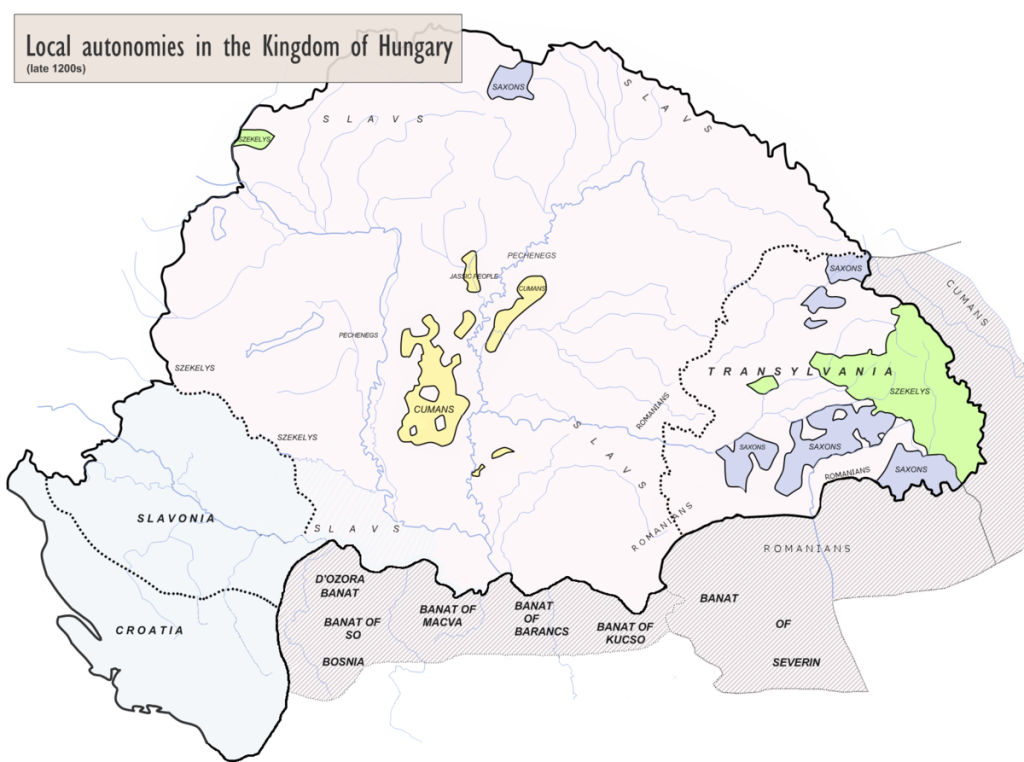
Despite all of positive specifics above, the rules of the different kings were not without internal tensions and troubles, which caused sometimes problems with mustering the banners into the royal army. To understand the problems of the king, ruling during the Mongol invasion, Béla IV, we have to briefly look through his father’s leadership.
Andrew II
Andrew, II or II András in Hungarian, ruled Hungary between 1205 and 1235. It is a lesser known fact, that he was one of the leaders of the Fifth Crusades in 1217 and was later called for that as Andrew of Jerusalem. The Crusade was unsuccessful, but gave valuable military experience for future leaders. However, it left Hungary in great debt and with unhappy nobles. After arriving home the king had to impose new taxes and debase coinage. After several arguments with the Pope and his own nobility he was forced to issue the Golden Bull in 1222, which became one of the most important legal base documents of Hungary and was in effect, with modifications, until 1848. The Bull, which was kind of like the Magna Charta, stated the rights of the royal servants or nobility in other name (like tax exemption, conditions of fighting in the king’s wars) and restricted the king’s power over them. The last clause of the document authorized the nobility and religious leaders to resist the king if he did not honour the provisions of the Bull.

The text of the Golden Bull from 1222 [Wikipedia] 
The seal or bull, on the front is the picture of the king, Andrew II, on the back is the coat of arms: the Árpád barry of red and white (silver) with 7 golden lions [Wikipedia]
A good example of Andrew’s power during his reign, is the story of his first wife, Queen Gertrud of Meranie. She was of German origins and brought her brothers, plus many German lords to the court. Andrew and the Queen favoured them with land and title grants, which annoyed the Hungarian nobles. When Andrew went on a campaign against Halych in 1213, Hungarian lords captured and killed the Queen and many of her courtiers. The King, hearing about this, returned immediately to Hungary and executed the murderer, but the other accomplices, including Palpatine Bánk Bár-Kalán (you might have heard about the opera of Bánk Bán, which works up this story), did not receive severe punishments. Moreover, some of the lords wanted to dethrone Andrew, but they failed with this plot. They could only force the King to consent to his son’s, Béla’s coronation in 1214.
Andrew had a hard time with his oldest son, Béla. His coronation, while Andrew was still alive, caused such an argument within the family that Andrew did not want to give any province to rule. Finally in 1220, after the nobles’ pressure, Béla was appointed Duke of Slavonia, also with jurisdiction in Croatia and Dalmatia. In 1226 Béla became the Duke of Transylvania and his brother, Kálmán, inherited his previous duchy.
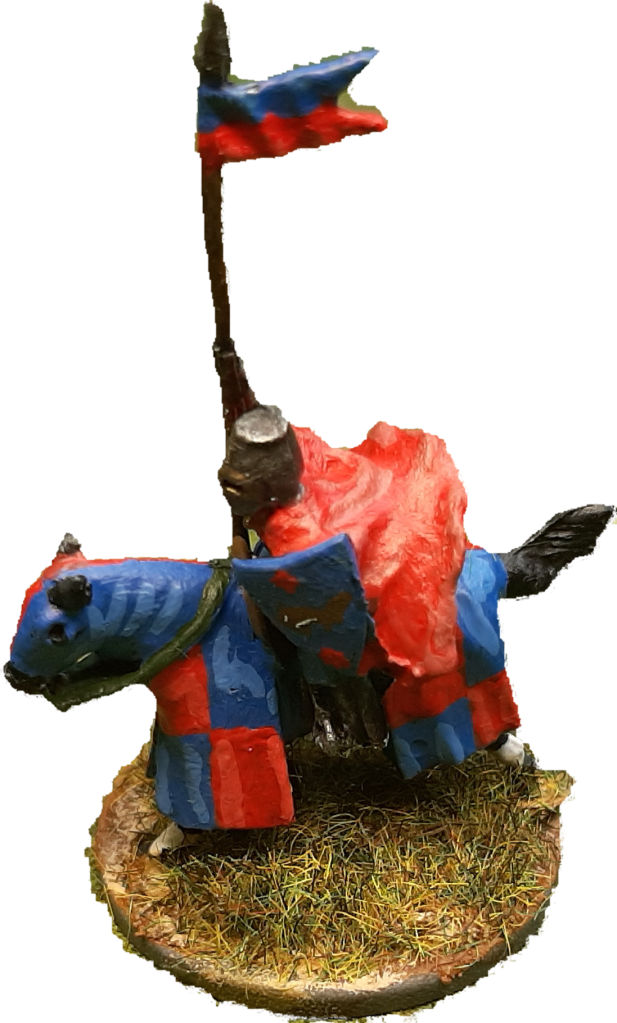
In 1228 Andrew allowed Béla, with the Pope’s support, to revise his previous land grants, and Béla started to confiscate lands from some of the lords. Andrew, upon Béla’s proposal, also confirmed the privileges of the Cuman chieftains who had subjected themselves to Béla.
After a last Austrian campaign, Andrew II died on 21 September 1235 and was buried in Egres Abbey. On the throne his eldest son followed him with the name of Béla IV.
Béla IV
King Béla IV, king of Hungary, Dalmatia, Croatia, Rama, Serbia, Lodomer, Halych and the Cumans, ruled between 1235 and 1270, was crowned in Székesfehérvár. One of his first decisions was to relieve and punish many of his father’s closest advisors: he had Palpatine Dénes blinded and Gyula from the Kán family imprisoned. The former was accused of having an affair with Queen Beatrix while Andrew II was still alive. Beatrix could fled to the Holy Roman Empire and gave birth to a boy, Stephen. Béla considered Stephen a bastard.
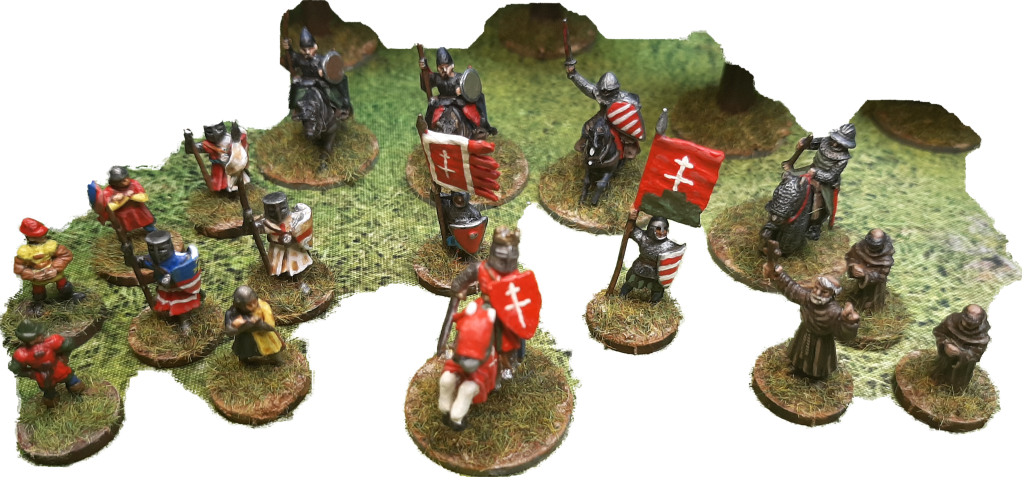
During the first part of his reign, Béla declared that he want to restitute the royal rights and restore the king’s power to the level of his grandfather’s, Béla III. For example he burned the barons’ chairs so they have to stand during the meetings of the royal council. Special commissions were set up to review the land donations since 1196 and confiscated many of them. It caused a huge outrage amongst the nobles as some of those lands were given after service in military campaigns of the previous kings.
Besides the reviews he supported the development of towns, giving special privileges to the people settling there. He also favoured the work of Christian priests and monks on the Eastern steppes, trying to convert the pagan tribes into Christianity, and in the meantime, gathering information and exploring lands. In 1236 friars returning from the East brought the news about the Mongols, their invasions and horrible acts. But this and the years after that will be in another post…
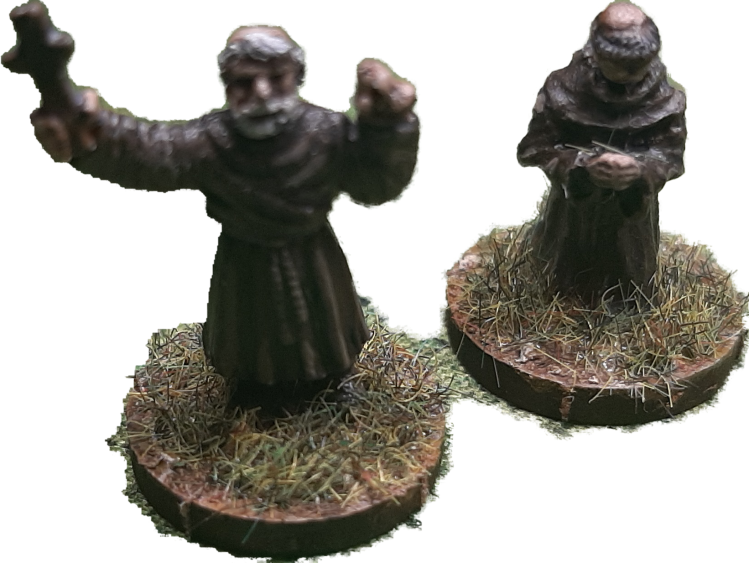
To sum up it is clear that the beginning of the 13th century was not without tensions both inside Hungary and in its environment, but still the country was large and populous, and Andrew II and his predecessors had around 20 smaller or larger military campaigns in a 40 years period. This indicates, that the kings had a stable control over the military. Will it be enough to withstand the attacks of the mighty horde?
Sources:
https://en.wikipedia.org/wiki/Andrew_II_of_Hungary
https://en.wikipedia.org/wiki/Kingdom_of_Hungary_(1000%E2%80%931301)
https://en.wikipedia.org/wiki/B%C3%A9la_IV_of_Hungary
B. Szabó János: A tatárjárás – A mongol hódítás és Magyarország (The Mongol invasion and Hungary)
Engel P., Kristó Gy., Kubinyi A.: Magyarország története 1301-1526 (The histrory of Hungary 1301-1526)

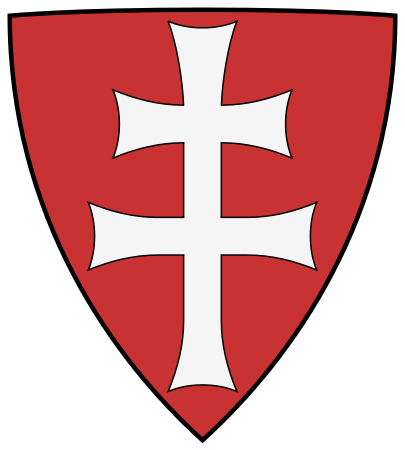



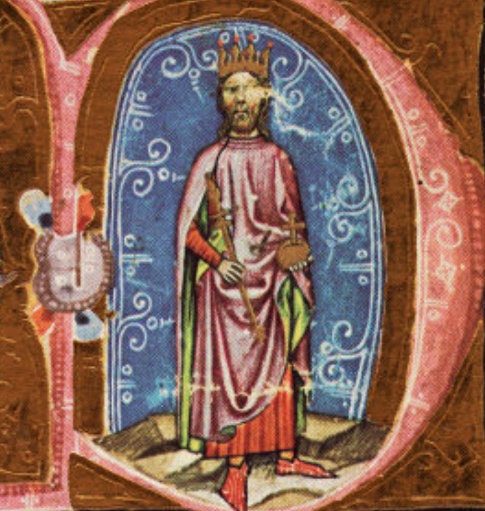
4 thoughts on “The Mongols are coming! – The Hungarian Kingdom in the 13th century”